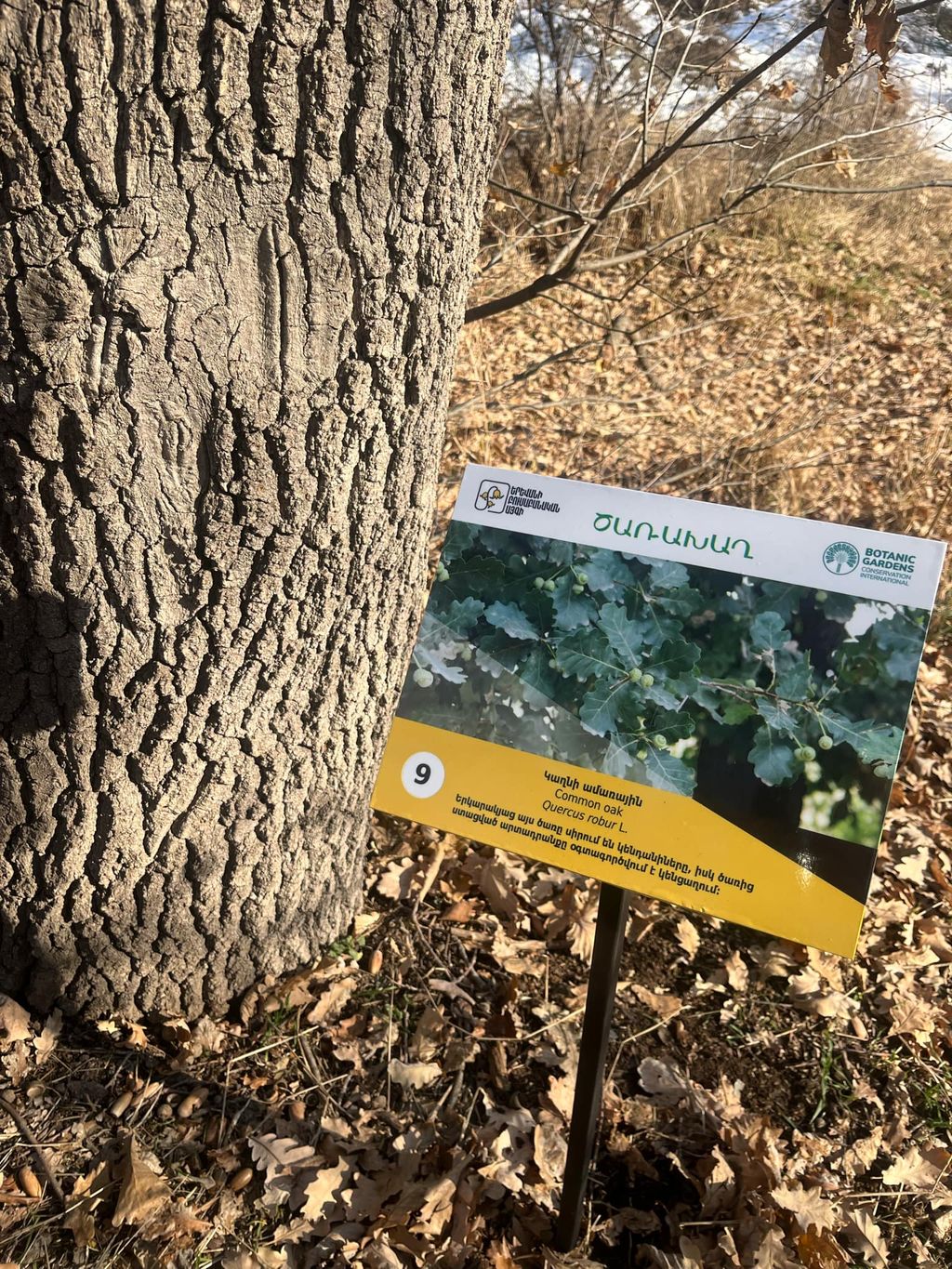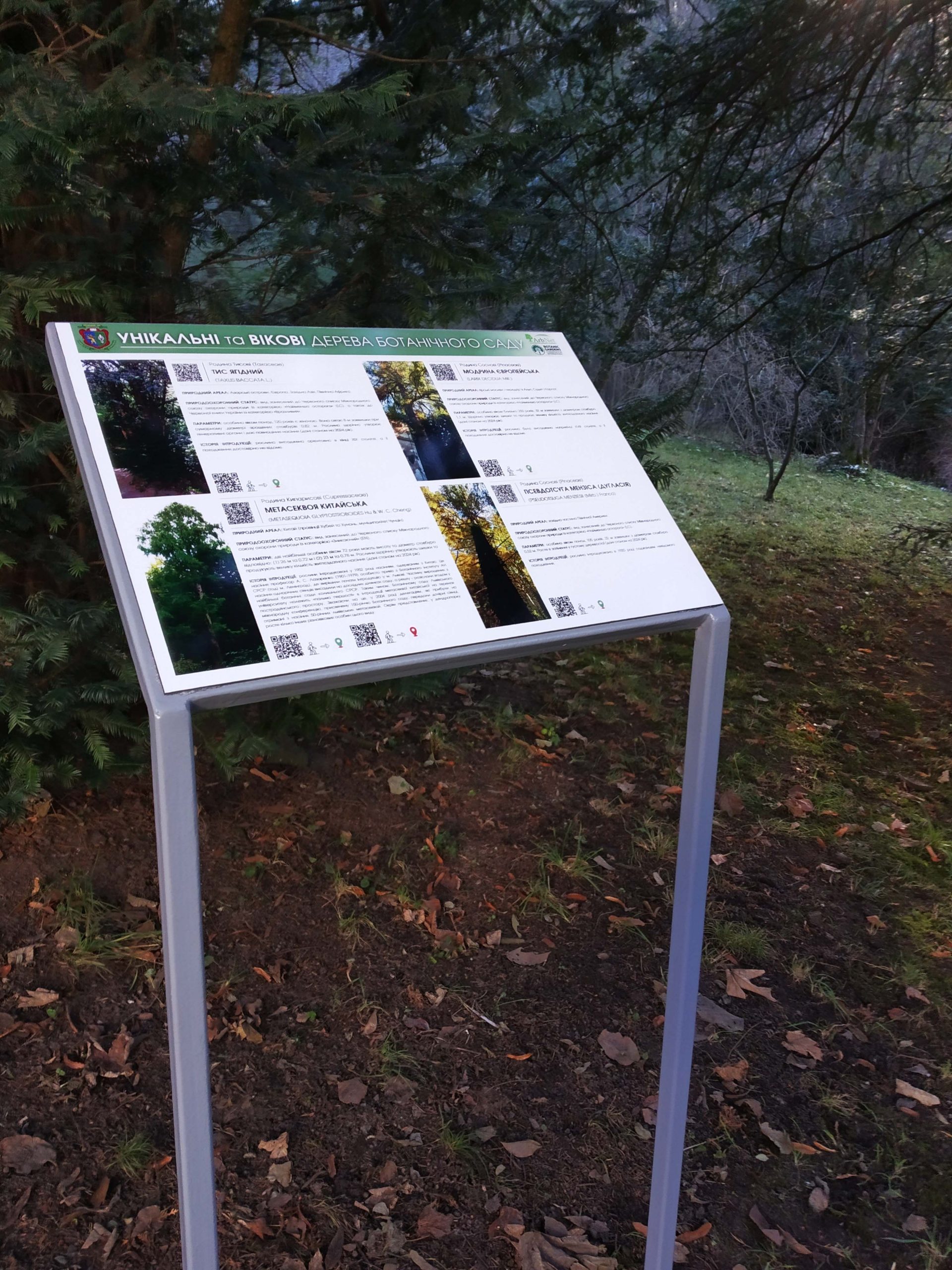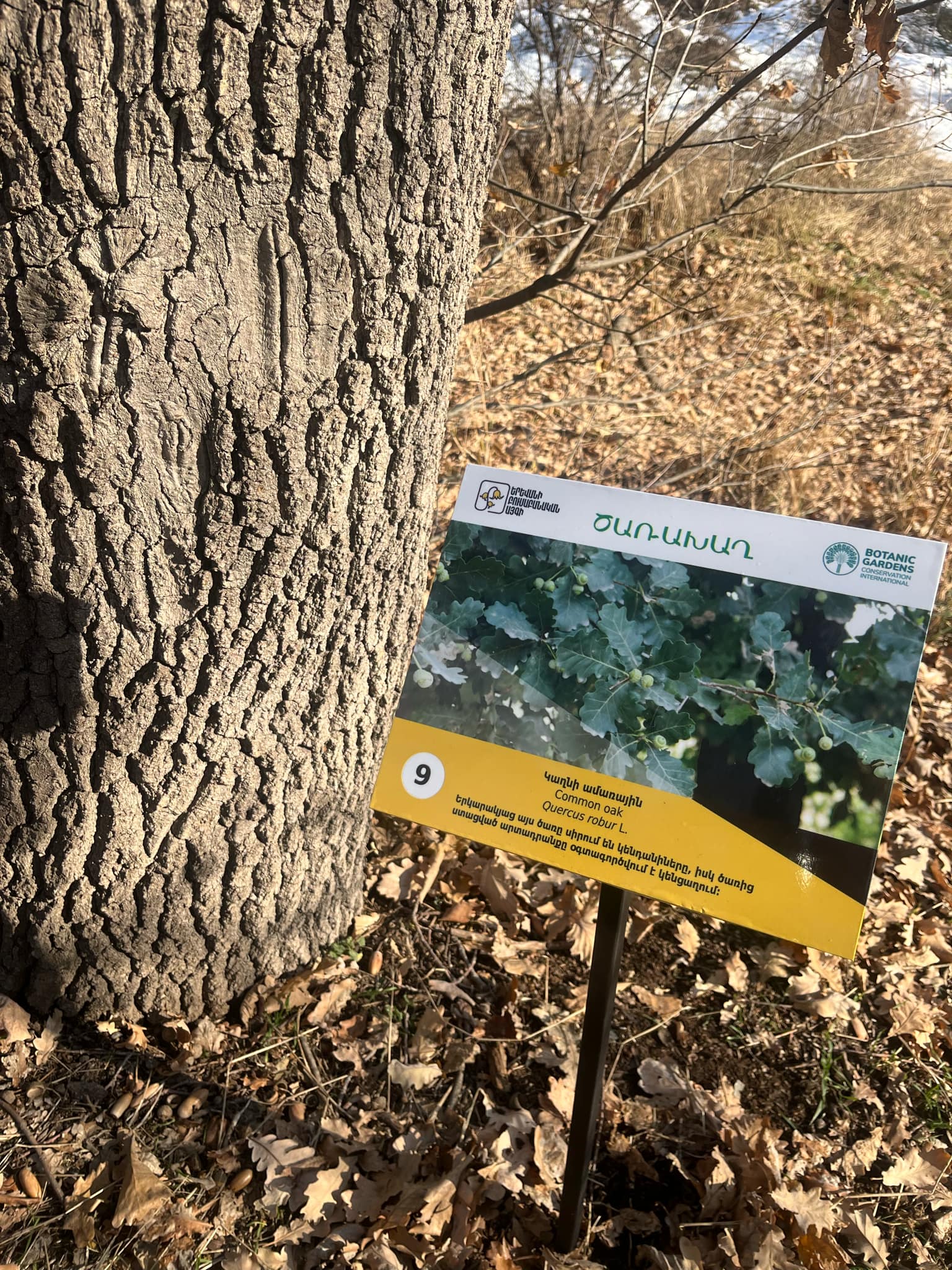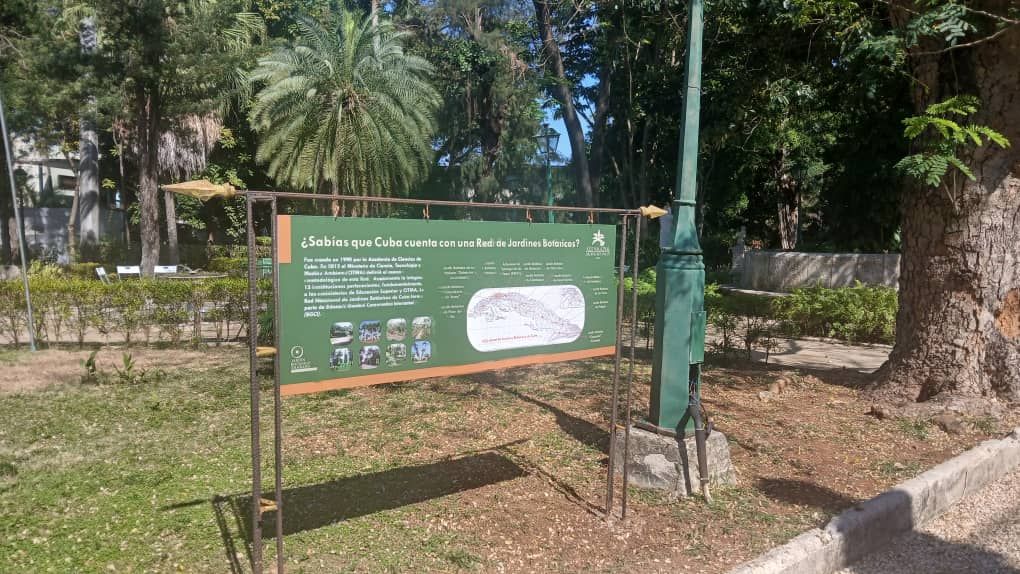Conserving ancient woody plant specimens through education in Ukraine & Armenia

-
Status of project
Completed -
Region
Europe -
Country
Ukraine -
Programme
BGCI -
Workstream
Saving Plants -
Topic
Services for Botanic Gardens
Funded by ArbNet, via the Global Botanic Garden Fund
Project Completed: 2024
Institution: Ivan Franko National University of Lviv Botanical Garden
Conserving unique and ancient woody plant specimens in botanical garden collections
through propagation of knowledge and interactive signage
Introduction
This project was in partnership with the Institute of Botany after A. Takhtajyan of the National Academy of Sciences of Armenia (Yerevan Botanical Garden).The Lviv and Yerevan Botanical Gardens harbour an array of tree specimens that are of exceptional value for conservation primarily because of their great age, some of them belonging to severely endangered species.
Project Goals
This project aimed to enhance the preservation of ancient, high-conservation-value trees at the Lviv Botanical Garden (LBG) and Yerevan Botanical Gardens (YBG) through the creation of informational infrastructure for the unique tree specimens through physical and virtual elements.
Key Achievements
In LBG, 28 target trees were georeferenced and equipped with informational panels containing brief texts, photos, and QR codes linking to detailed online resources about each tree.

The YBG took a different approach, creating a “Tree Game,” an educational, team-based activity to engage the public with interesting tree species and facts. Both projects aligned with the gardens’ missions by supporting conservation, education, and public awareness of biodiversity.

As an open internet resource supporting plant signage of the Lviv Botanical Garden, a Facebook page was created specifically for this purpose, and is available here.
The Yerevan Botanical Garden’s “Tree Game” is also available through the official website of the Institute of Botany: https://botany.am/en/tree-game/ In addition, the game received coverage on public
television.
This project demonstrates how two alternative solutions to sharing knowledge can contribute to the conservation of valued plant specimens and enhance their eco-educational impact, through public engagement and the use of modern digital resources.

